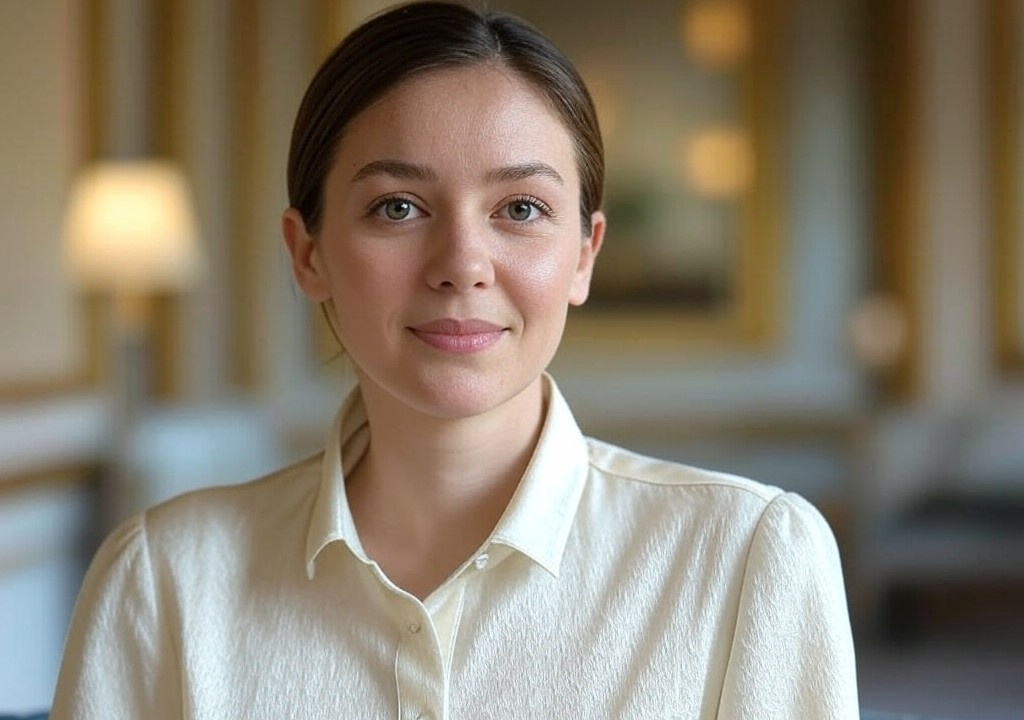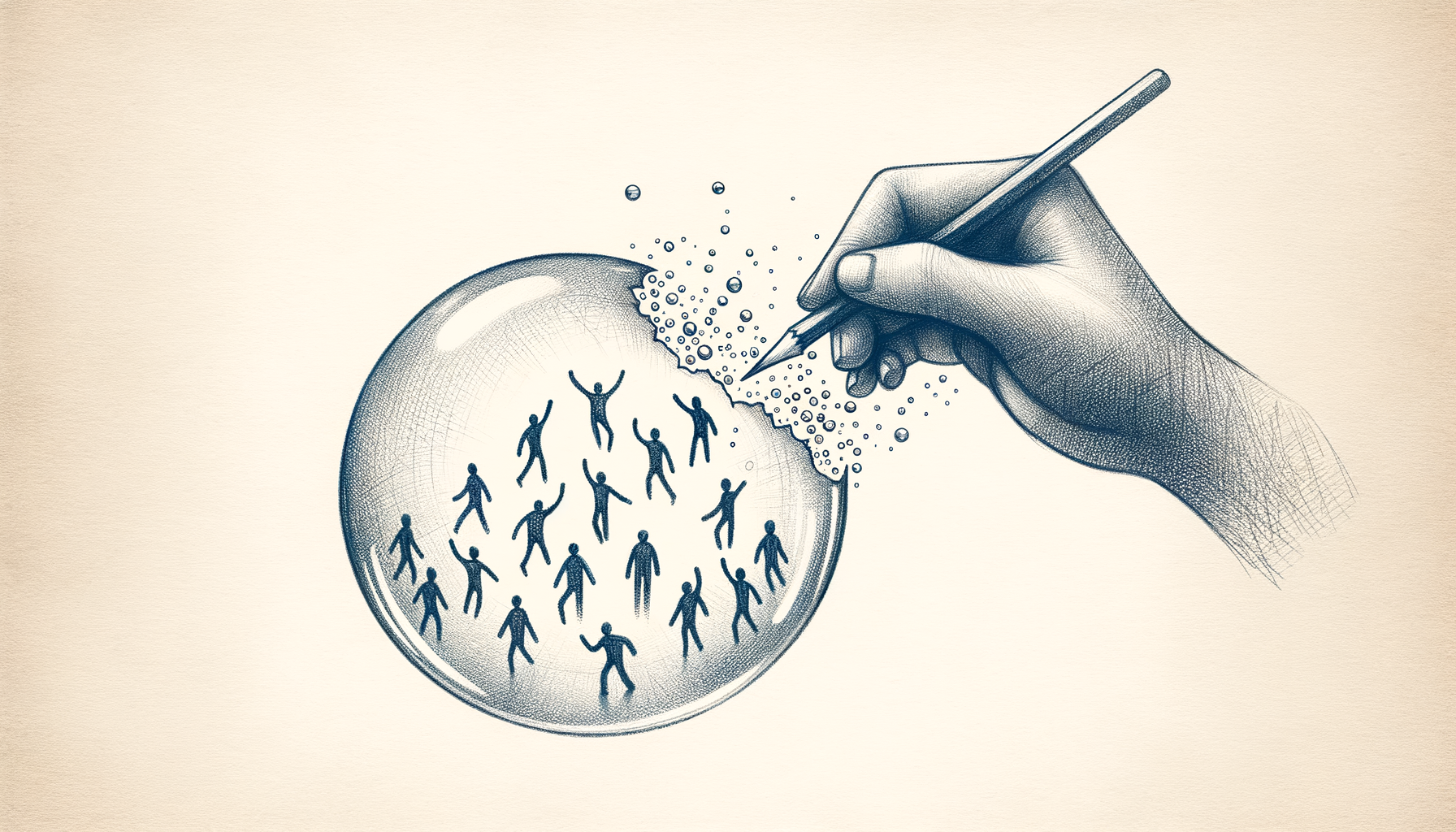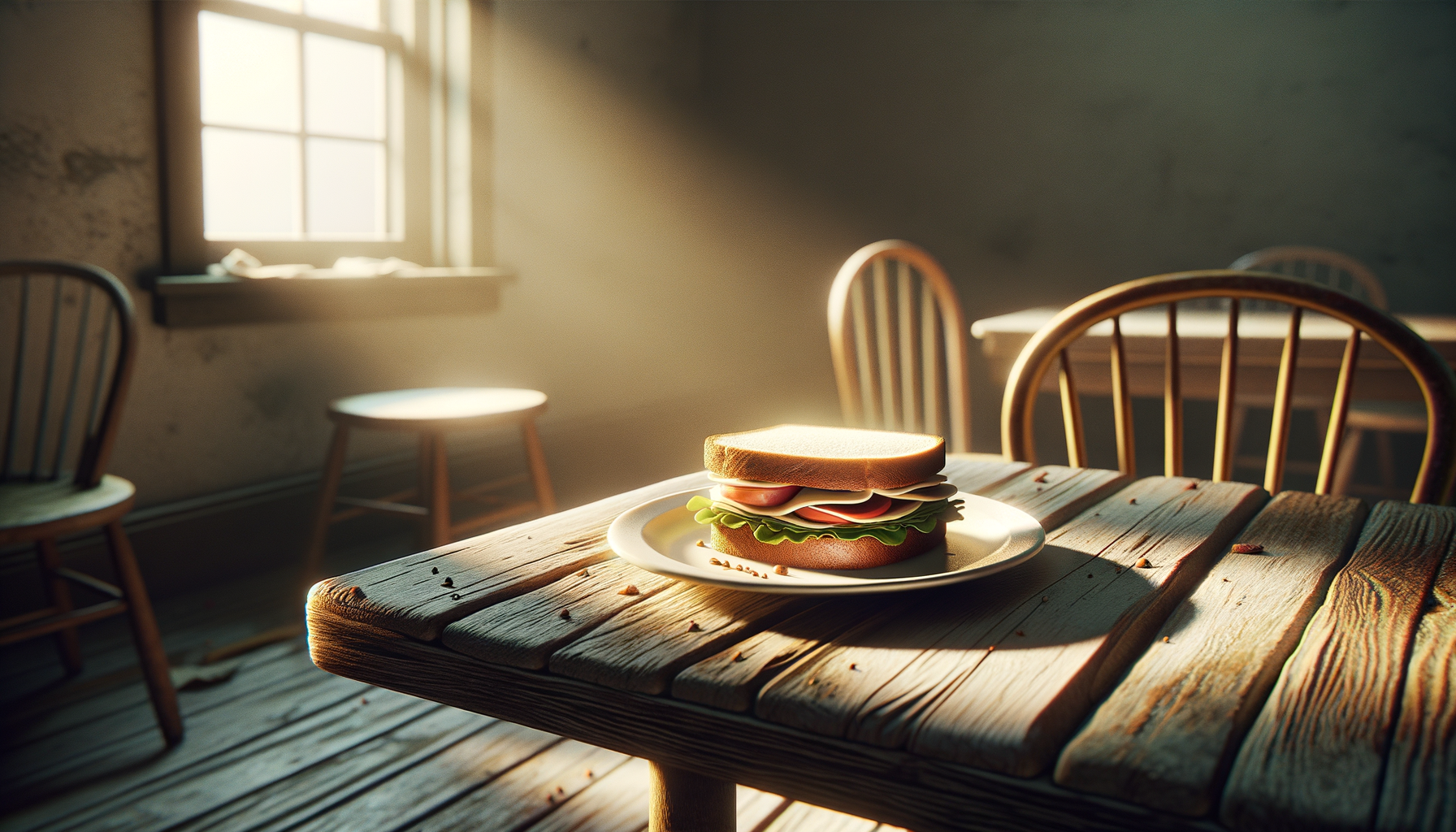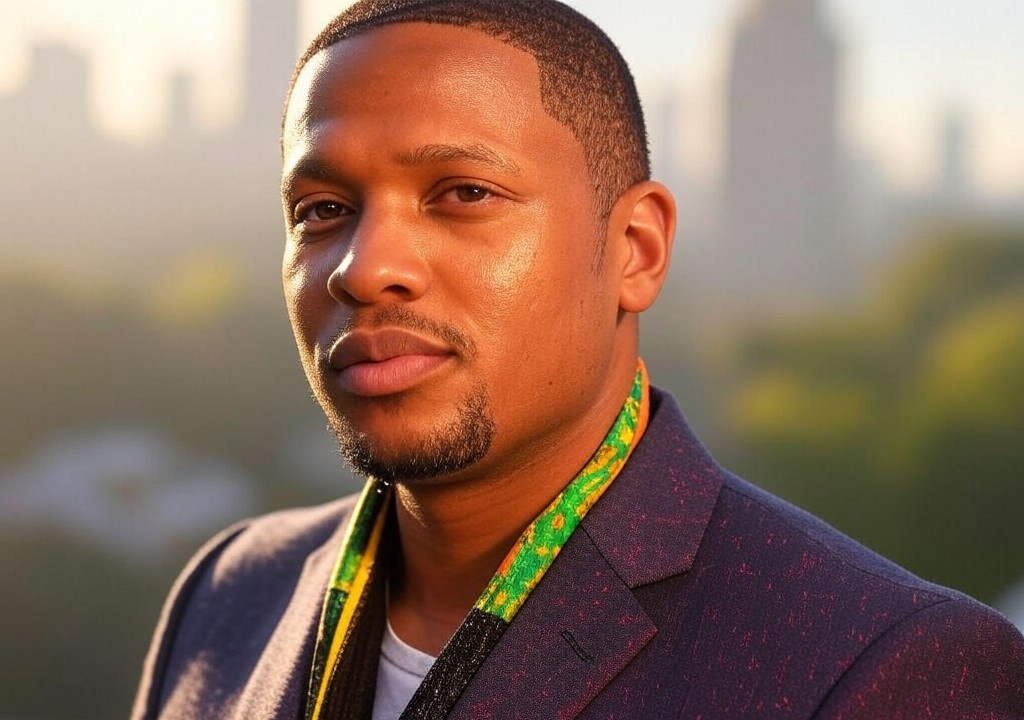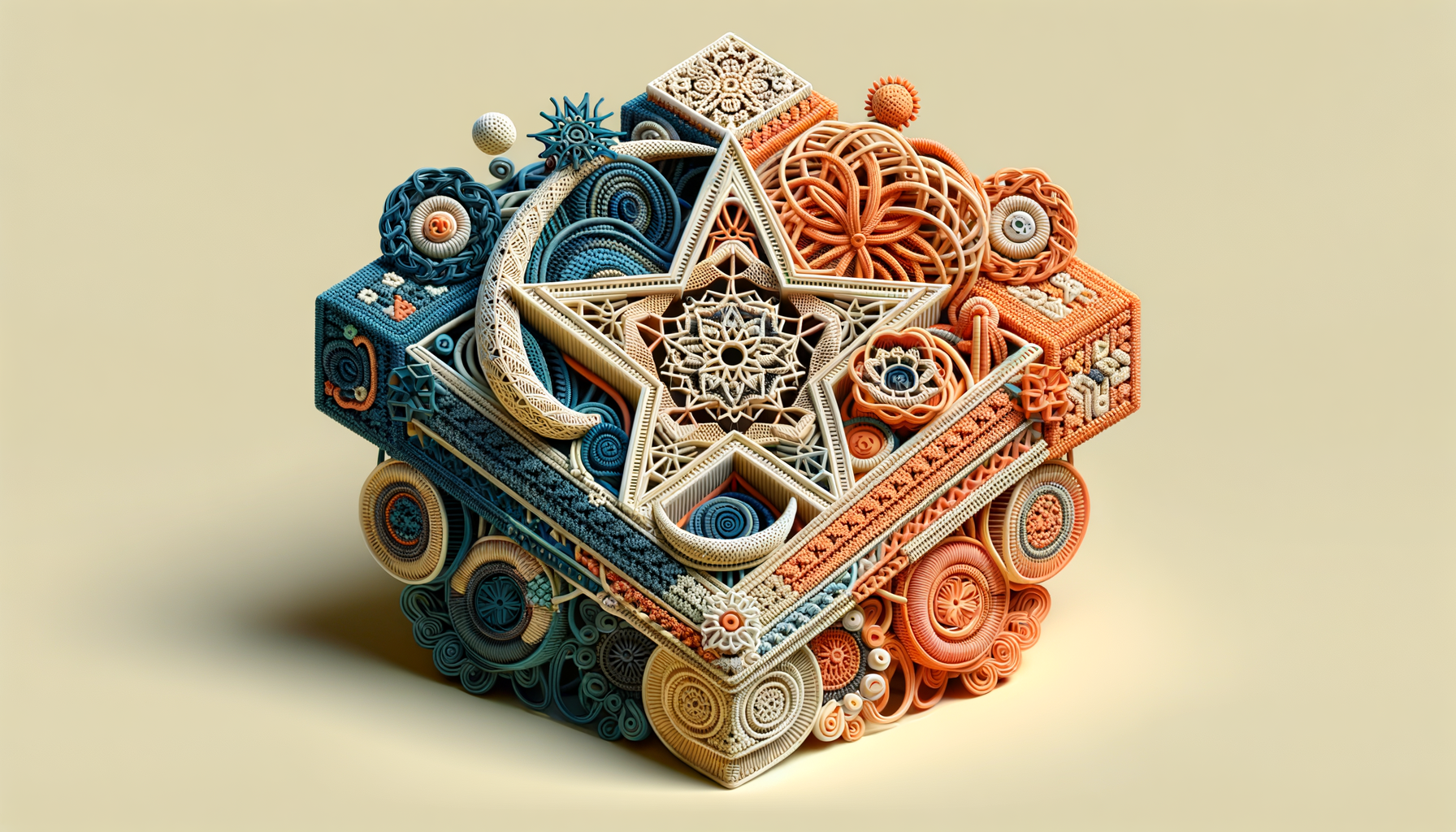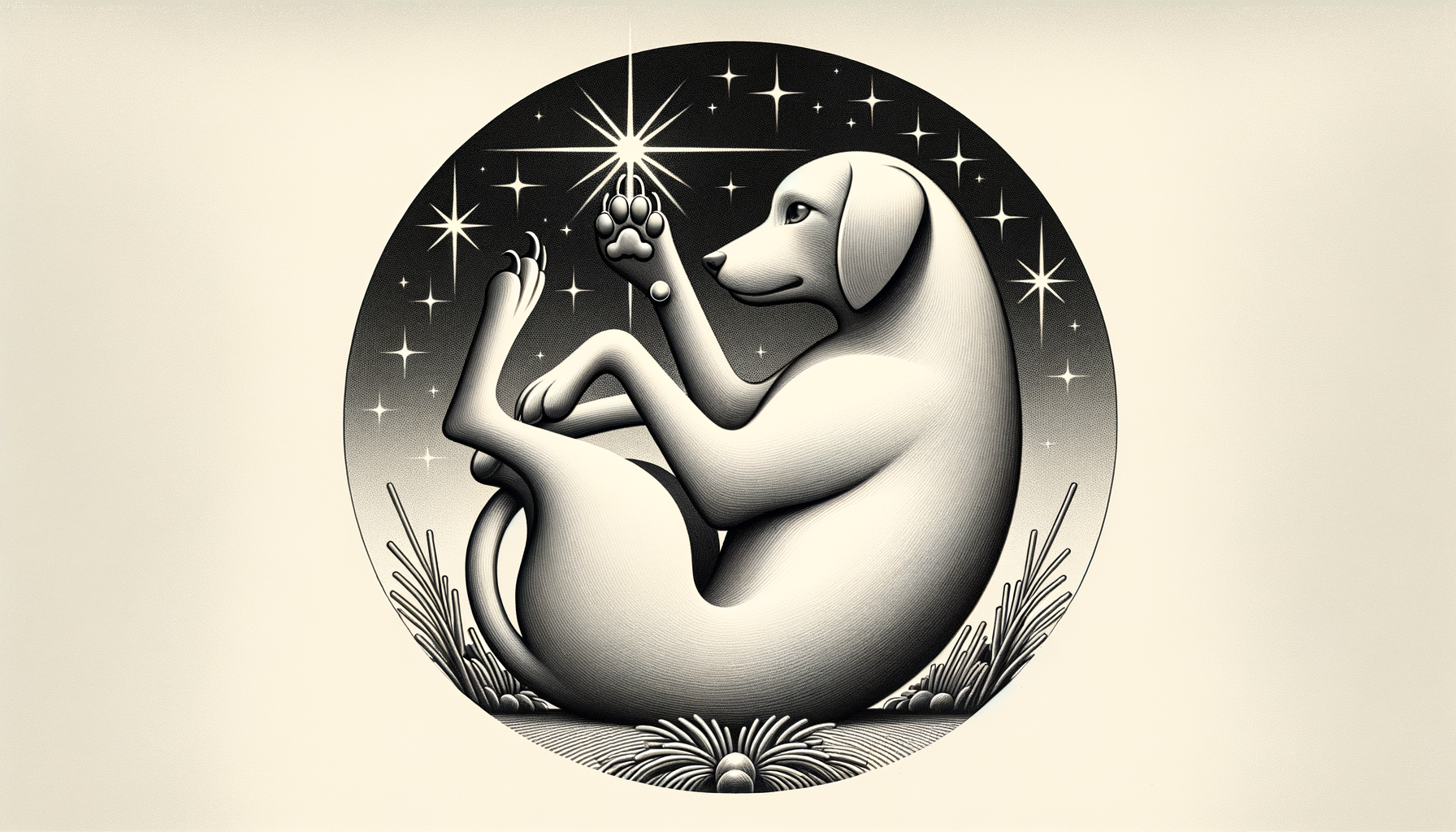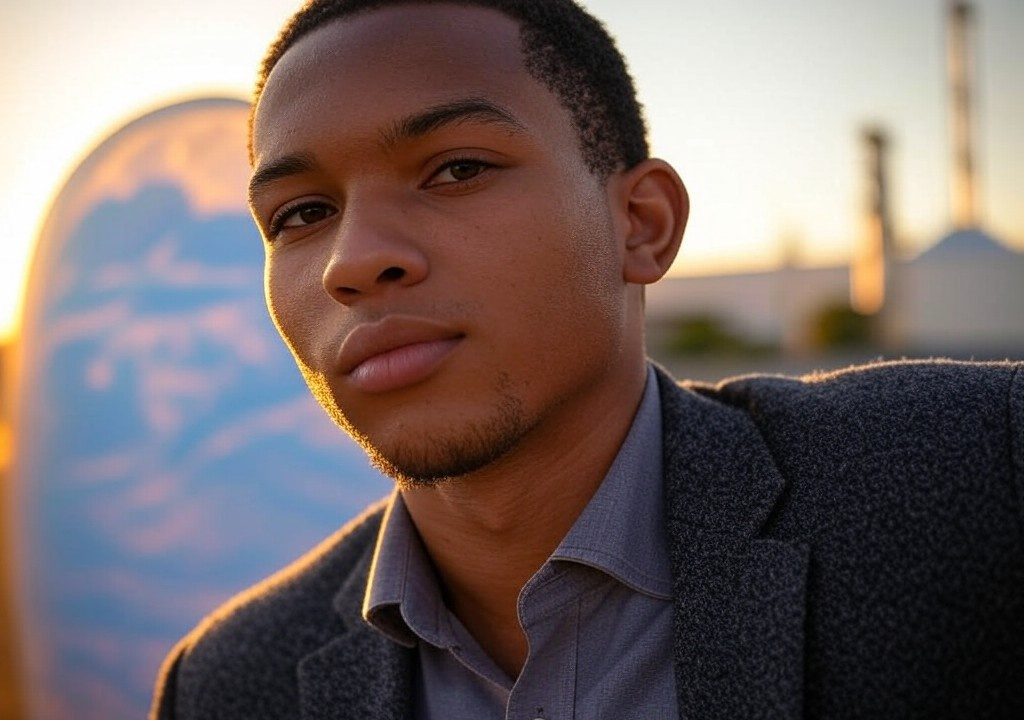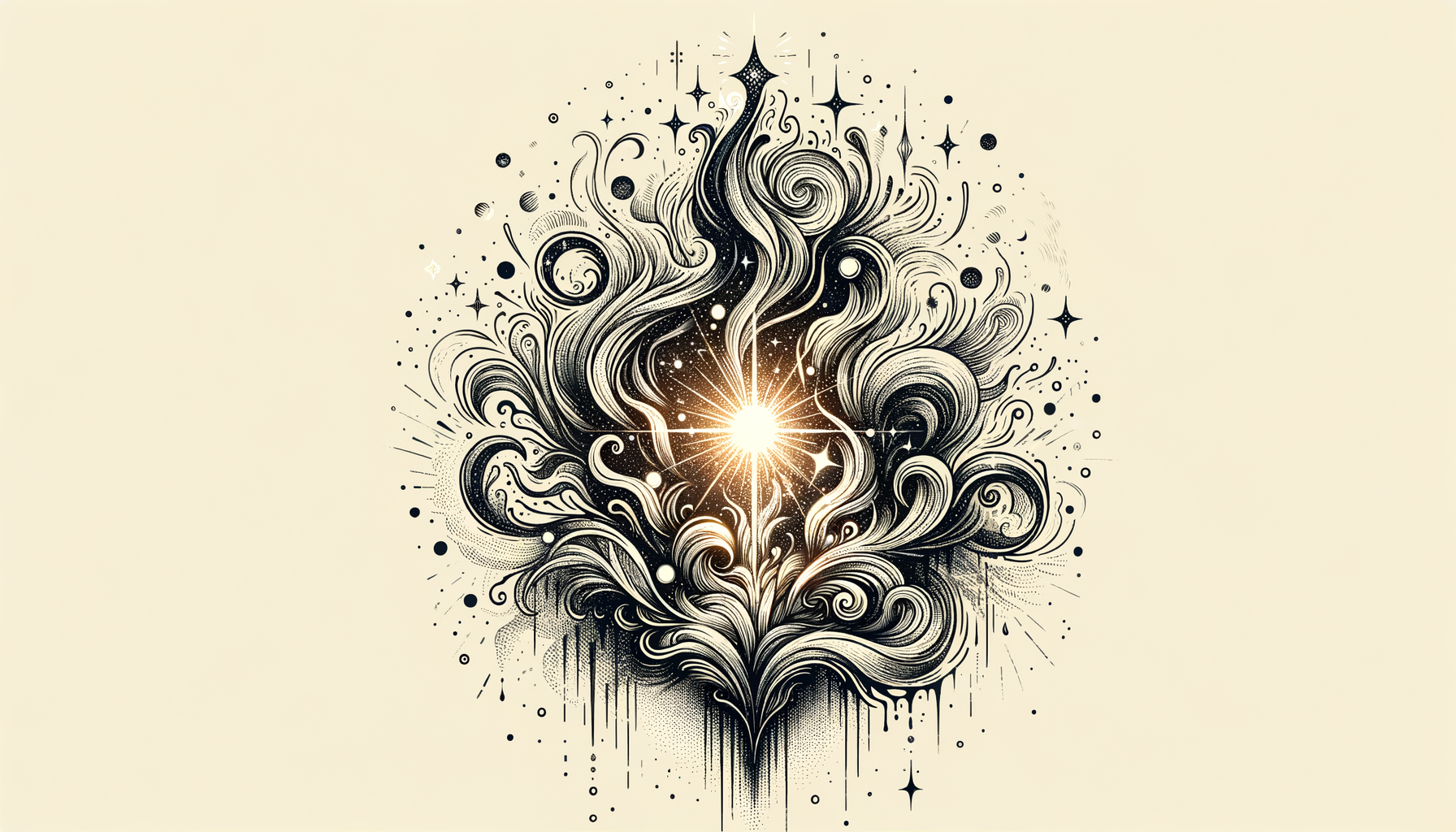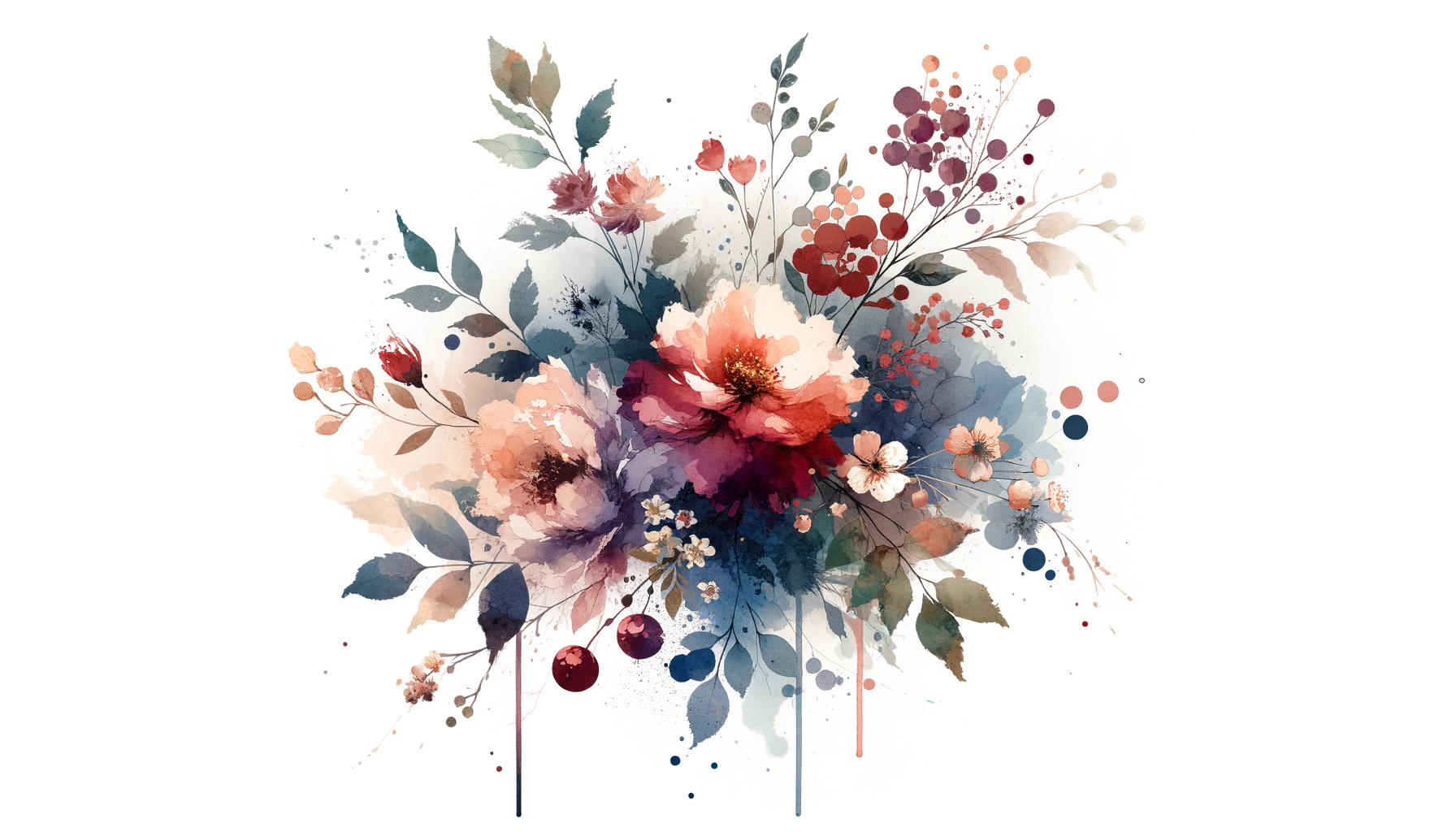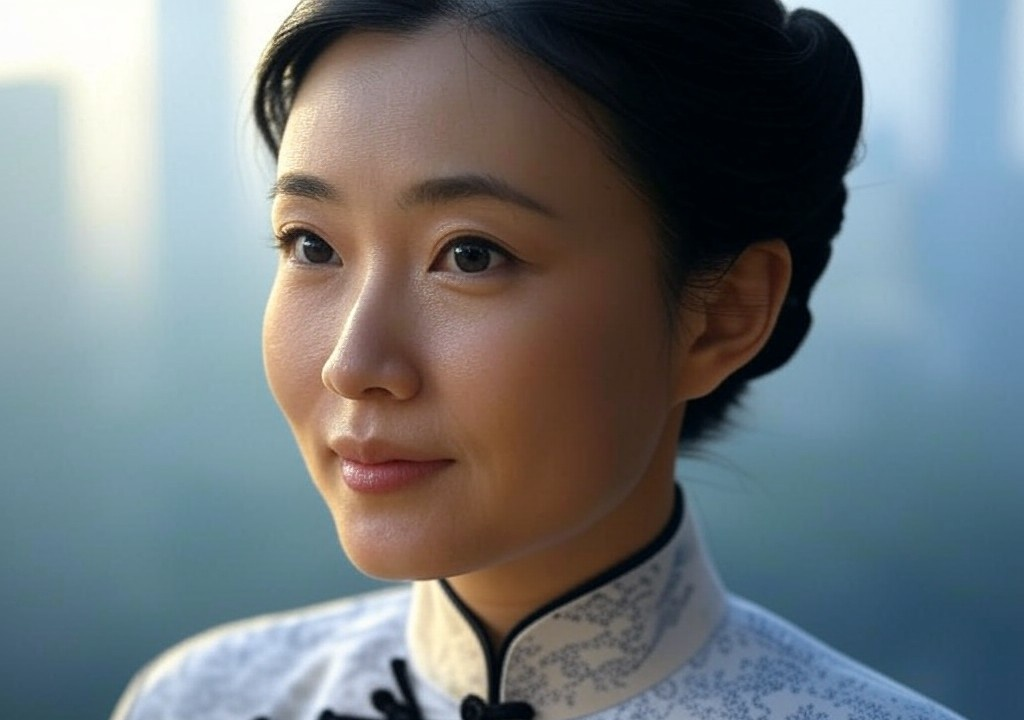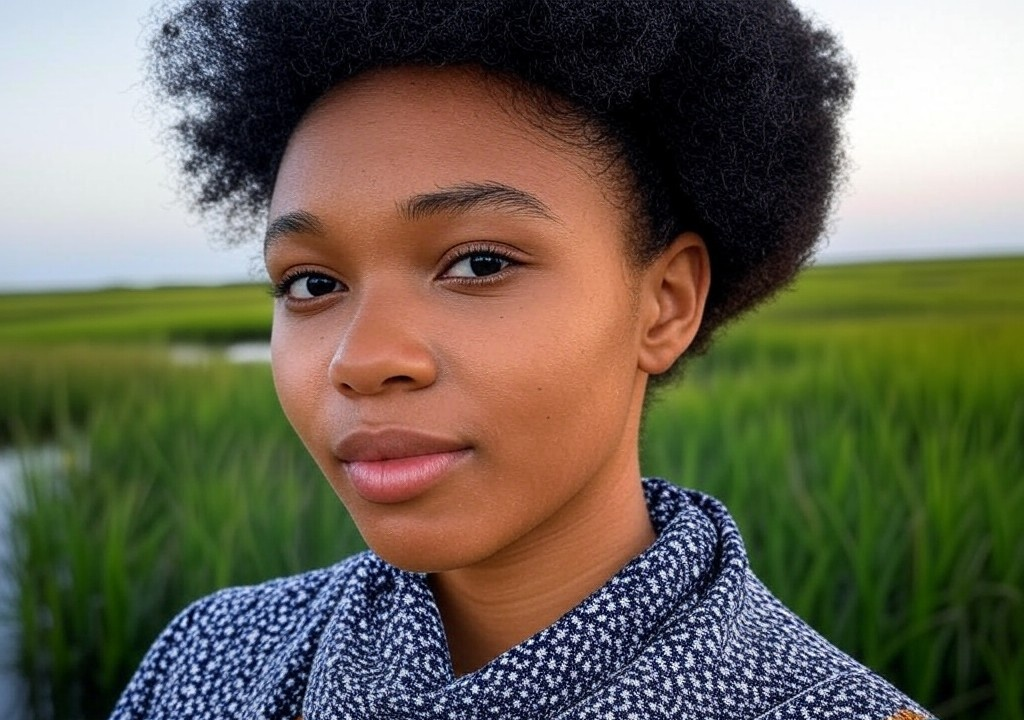I spent most of my life in what can only be described as a bubble. Not an “omg, you should definitely get that mole checked out” kind of bubble, but a comfortable, probably-too-insulated Southern bubble. Growing up in Buckhead, I was surrounded by tradition, culture, and my fair share of monogrammed hand towels. My weekends were spent at art galas with my parents, and I attended so many charity luncheons that I could draft the perfect handwritten thank-you note by age twelve. The thing is, as lovely as all that sounds—and it truly was, in its own pastel-and-seersucker way—I didn’t always feel like I belonged.
You’d think that having a “tribe” would look like having the same people by your side from cotillion practice to your wedding day, right? Spoiler alert: Community doesn’t always work like that. And sometimes, finding “your people” means stepping outside your bubble entirely. Let me explain.
Section 1: The Perfectly Polished Problem
In my Buckhead days, I tried to fit into a social mold that was as polished as it was pressurized. We’re talking about meticulously coordinated outfits, meaningless air kisses, and conversations that revolved around everyone’s mutual plans to vacation on 30A. Don’t get me wrong—these were perfectly lovely people, but I often felt like a knockoff handbag in the middle of Bergdorf’s. No matter how great the exterior, I wasn’t truly connecting with the life I was expected to lead.
But let’s be honest: It’s hard to admit you’re lonely when you’re surrounded by people 24/7, especially when those people have known you since preschool. It’s even harder when there’s a whispered understanding that “We don’t talk about things like loneliness.” So I kept pushing myself into a version of me that didn’t quite fit—think Cinderella trying on someone else’s glass slipper. Spoiler: It pinched.
Section 2: Packing Up the Bubble Wrap
It wasn’t until college, when I traded my lace-trimmed social calendar for the open-ended freedom of Emory University, that I started leaning into what made me, well, me. When you move into a dorm and meet people from entirely different worlds, you realize that being “polished” is not the universal language of friendship. I started letting down my perfectly coiffed guard, and (surprise!) I found that being authentically myself drew people toward me. Did they care how perfectly I matched my stationery to my outfit? Spoiler: They did not.
This shift became even clearer when I studied abroad in London. There’s something about getting lost in a city full of black cabs and drizzly skies that makes you reevaluate what feels familiar versus what feels refreshing. It was there, in tiny pub chats and late-night tube rides, where I began to ask myself the big questions: Who am I when no one back home is watching? What parts of my identity are my own versus what I’ve been told they should be?
The answer, as it turns out, was simple: I just wanted to be around people who got me. And if that meant building a brand-new community from scratch, so be it.
Section 3: Finding Your People, IRL
So how do you find your people when the ones you’re used to aren’t quite your fit? Here’s what I’ve learned:
-
Start by being real with yourself. The friends you truly want will match your pace, your vibes, and your journey. But you have to know what those things are first. Are you the friend who loves deep-dive book discussions? Or do you want someone to speed-walk with while catching up on podcasts? Stop apologizing for your quirks, and find folks who celebrate them.
-
Expand beyond what’s comfortable. Your people might not look like the ones you’ve always known. They might not golf, or brunch, or sip on sweet tea during porch conversations. And that’s okay. Sometimes the best way to find new connections is to step into entirely new spaces. Join a pottery class, sign up for a wine-tasting course (no posh gala required), or find a local group that does trail running. Whatever feeds your soul works.
-
Reevaluate familiar faces. Every now and then, take a second look at the people already in your life. Maybe that friend-of-a-friend you only see at parties could actually become one of your closest confidantes—if you let them. Relationships aren’t always immediate connections; give slower burns a chance to catch fire.
-
Put the energy out that you want to get in return. No great friendships are built when one person is too afraid to put themselves out there. I can’t tell you how many times I invited someone to coffee or sent a “Totally random, but want to catch up over wine?” text, only to be met with a connection that felt effortless. Yes, taking that first step is risky, but sometimes, vulnerability opens doors in ways pride never will.
Section 4: Southern Etiquette Meets Modern Connection
I’ve always said that every Southerner has a complicated relationship with tradition. We love our roots, but we don’t always want to be shackled by them. Finding my people was an exercise in navigating that tension. On one hand, I didn’t want to lose my manners or my unshakable fondness for handwritten notes. On the other, I wanted friendships beyond the “bless-your-heart” veneer of politeness.
It turns out, you can have both. My closest relationships are now the ones where we can laugh about my over-the-top Monogram Era while digging deeper into what makes us tick today. They’re the friends who’ll plan quick trips to Charleston with me to soak up some Southern history and stay up late binge-watching trashy reality TV. Balance isn’t just possible; it’s delightful.
Section 5: When You Know, You Know
The biggest lesson I’ve learned on the journey to finding my people? It’s a lot like dating.
You’re going to meet those instant connections—the kind of friend who feels like the human equivalent of a first kiss. You’re also going to meet people who are slow burns or growing pains—friends from whom you’ll learn invaluable lessons even if they don’t stick around forever. And then, there are the red flags. It might be the one-sided conversations or the subtle “friendship gaslighting” of someone who dismisses your feelings. In all these cases, trust your gut. Your people will energize and anchor you—not drain or derail you.
Section 6: Building the Tribe Back Home
Now that I’ve been through it, I realize that finding your people isn’t just about ditching the ones who don’t fit. It’s about evolving within the communities you already have. Some of my Buckhead friends, the same ones I had once written off as too perfect or out of touch, have grown with me. We’ve traded small talk for real talk. Foundations rooted in shared history can be incredibly grounding when deepened with authenticity.
In other words, you can keep your traditions and tweak them too. Sometimes, the trick to finding your tribe isn’t leaving the room; it’s changing the conversation.
Section 7: The Grand Takeaway
If you’re on a journey to find your people, my advice is simple: Start with yourself. Shed the pressure to fit perfectly into old expectations and embrace your wonderfully flawed, wildly unique self. Your people will find you there, because when you’re genuinely you, the right connections start clicking into place.
Finding your tribe isn’t easy, and it’s not always fast. But when it happens? You’ll realize it was worth every awkward introduction, every group hobby attempt, and every moment of self-discovery it took to get there.
Turns out, the journey of finding your people is a lot like Buckhead in late spring: sometimes humid and sticky, but always beautiful in the end.


